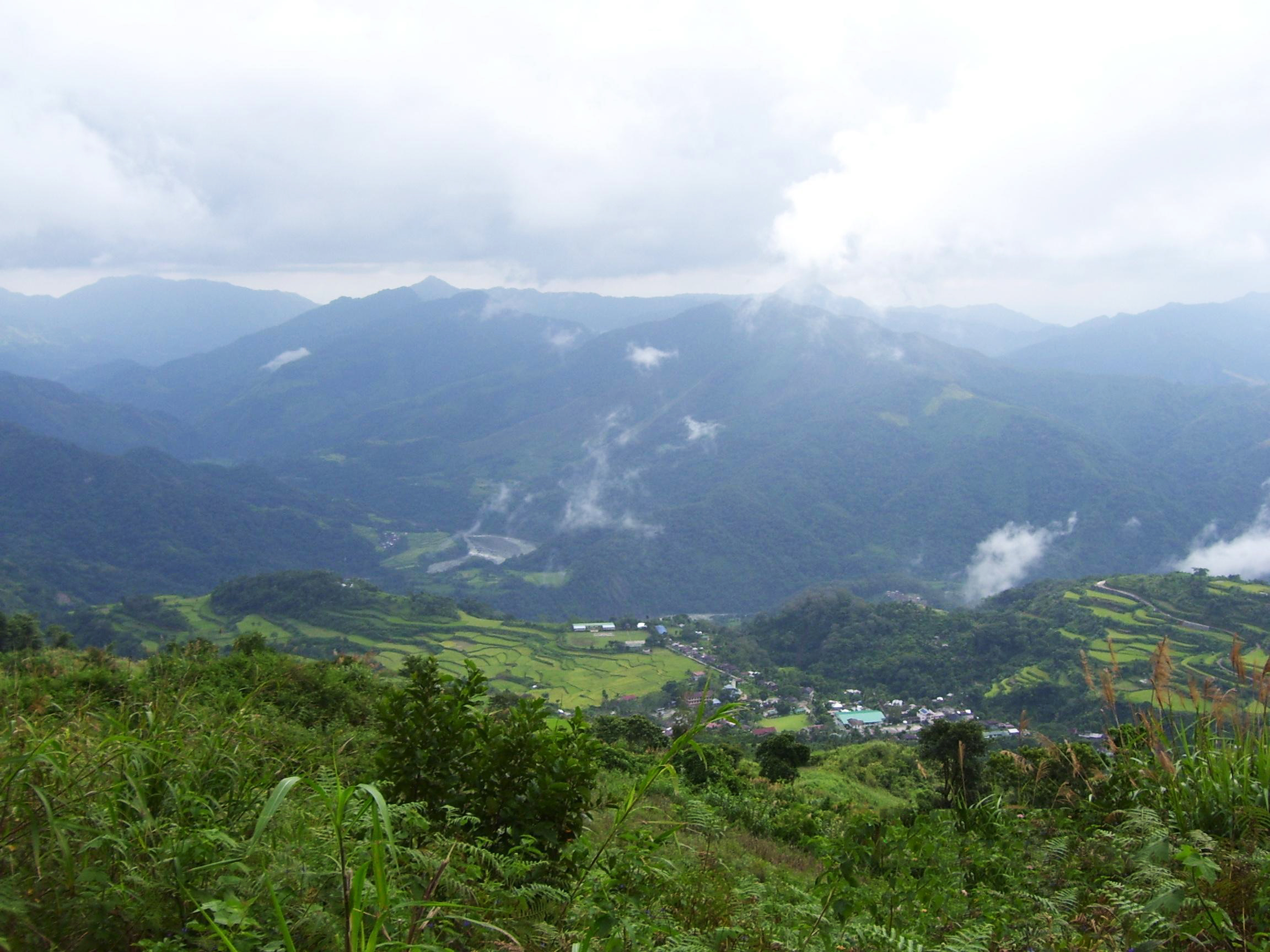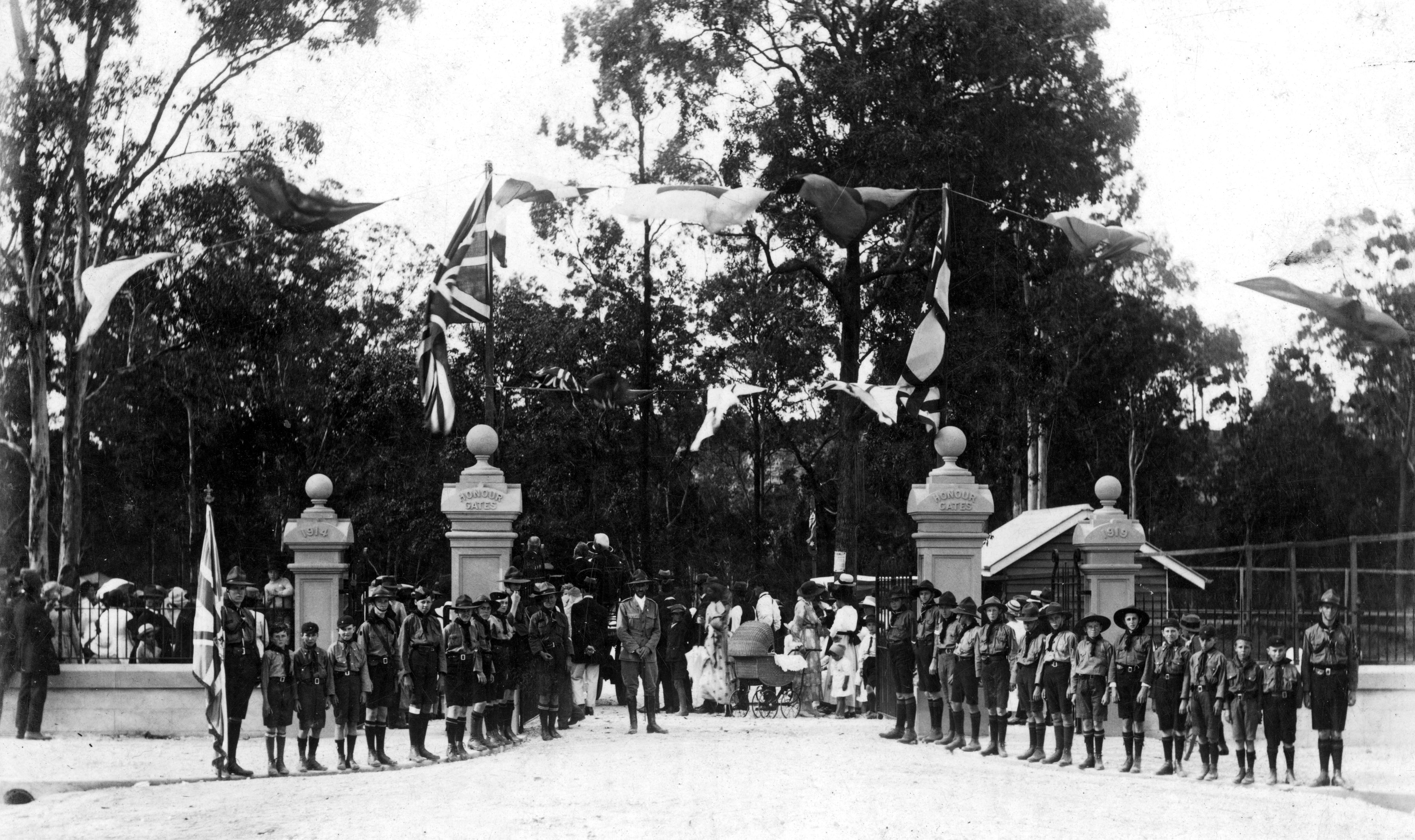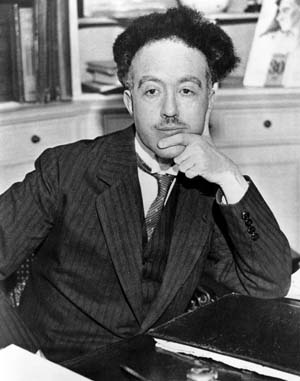|
Kalinga
Kalinga may refer to: Geography, linguistics and/or ethnology * Kalinga (historical region), a historical region of India ** Kalinga (Mahabharata), an apocryphal kingdom mentioned in classical Indian literature ** Kalinga script, an ancient writing system invented in the ancient Kingdom of Kalinga ** Kalinga architecture ** Kalinga (caste), an Indian caste found between the districts of Ganjam and Vizagapatam ** Kalinga War, fought between the Maurya Empire under Ashoka and the state of Kalinga *Kalinga people, an ethnic group in the Philippines **Kalinga language, spoken in the Philippines **Kalinga-Apayao, a former province in the Philippines **Kalinga (province), in the Philippines *Kalinga, Queensland, a suburb of Brisbane, Australia ** Kalinga Park, a park in the same suburb * Kalingga, an ancient Indianized kingdom in Java Musical instruments * ''Kalinga'' or ''galinga'', a musical instrument known otherwise as the ground bow *''Kalinga'', the sacred, dynastic drum of Rwan ... [...More Info...] [...Related Items...] OR: [Wikipedia] [Google] [Baidu] |
Kalinga (historical Region)
Kalinga (Sanskrit: ), is a historical region of India. It is generally defined as the eastern coastal region between the Mahanadi and the Godavari rivers, although its boundaries have fluctuated with the territory of its rulers. The core territory of Kalinga now encompasses a large part of Odisha and northeastern part of Andhra Pradesh. At its widest extent, the Kalinga region also included parts of present-day Chhattisgarh, extending up to Amarkantak in the west. The Kalingas have been mentioned as a major tribe in the legendary text ''Mahabharata''. In the 3rd century BCE, the region came under Mauryan control as a result of the Kalinga War. It was subsequently ruled by several regional dynasties whose rulers bore the title ''Kalingādhipati'' ("Lord of Kalinga"); these dynasties included Mahameghavahana, Vasishtha, Mathara, Pitrbhakta, Shailodbhava, Somavamshi, and Eastern Ganga. The medieval era rulers to rule over the Kalinga region were the Suryavamsa Gajapatis, Bho ... [...More Info...] [...Related Items...] OR: [Wikipedia] [Google] [Baidu] |
Kalinga (province)
; tl, Lalawigan ng Kalinga) , native_name = , other_name = , settlement_type = , image_skyline = , image_caption = (from top: left to right) Bum-bag Rice Terraces, Pasil Valley, Lubuagan Mountains, Mount Manting-oy, Mount Binuluan and Tabuk City Hall. , image_flag = PH-KAL Flag.png , flag_size = 100x80px , image_seal = , seal_size = 100x80px , image_map = , map_caption = Location in the Philippines , coordinates = , subdivision_type = Country , subdivision_name = , subdivision_type1 = Region , subdivision_name1 = , established_title = Founded , established_date = May 8, 1995 , seat_type = Capital , seat = Tabuk , leader_party = , leader_title = Governor , leader_name = James S ... [...More Info...] [...Related Items...] OR: [Wikipedia] [Google] [Baidu] |
Kalinga People
The Kalinga people () are an indigenous ethnic group whose ancestral domain is in the Cordillera Mountain Range of the northern Philippines. They are mainly found in Kalinga province which has an area of 3,282.58 sq. km. Some of them, however, already migrated to Mountain Province, Apayao, Cagayan, and Abra. The Kalinga numbered 163,167 as of 2010. Sub-tribes In the past, various writers studying the Kalinga have sorted them into sub-tribes in various ways. Edward Dozier divided Kalinga geographically into three sub-cultures and geographical position: Balbalan (north); Pasil, Lubuagan, and Tinglayan (south); and Tanudan (east). Rev. Teodoro Llamzon, S.J. divided the Kalinga based on their dialects: Guinaang, Lubuagan, Punukpuk, Tabuk, Tinglayan, and Tanudan. Ronald Himes (1997) divides the Kalinga language into three dialects: Masadiit (in Abra), Northern Kalinga, and South-Central Kalinga. More recently, Kalinga author John Donqui-is, in an article published by the Ph ... [...More Info...] [...Related Items...] OR: [Wikipedia] [Google] [Baidu] |
Kalinga (Mahabharata)
Kalinga is a kingdom described in the legendary Indian text ''Mahabharata''. They were a warrior clan who settled in and around the historical Kalinga region, present-day Odisha and northern parts of Andhra Pradesh. Kalinga clan warriors sided with Duryodhana in the Kurukshetra War due to matrimonial and harmony alliances between both kingdoms of Kalinga & Kuru existing even before the Great War of Mahabharata was to happen. Kalinga is the founders of five eastern kingdoms, which included: Angas (east, central Bihar), Vangas (southern West Bengal and Bangladesh), Udra (Odisha, East Madhya Pradesh and South Jharkhand), Pundras (western Bangladesh and West Bengal, India), Suhmas (north-western Bangladesh and West Bengal) shared common ancestry. Two capitals (Dantapura and Rajapura) of Kalinga were mentioned in ''Mahabharata''. It is likely that there were many Kalinga kings, ruling different territories of Kalinga, with many migrated outside to form new kingdom. Reference ... [...More Info...] [...Related Items...] OR: [Wikipedia] [Google] [Baidu] |
Kalinga, Queensland
Kalinga is a suburb in the City of Brisbane, Queensland, Australia. In the , Kalinga had a population of 2,126 people. Geography Kalinga is bounded by Kedron Brook to the north. The Kedron Brook bikeway follows the brook on the suburb's north-east boundary with two bridges over the creek to Shaw Park in Wavell Heights () and to Toombul Terrace in Nundah (). There is a third bridge over the creek () from the bikeway (but not part of the bikeway) to Carew and New Street in Nundah. Kalinga is predominantly flat, approximately above sea level. The M7 Airport Link passes under the suburb through a tunnel. The land use is predemoniantly residential with the remainder of the suburb being parks. It has a mix of small apartment blocks and houses, with some older style Queenslanders still extant. History The name ''Kalinga'' derives from Aboriginal word Ngalinnga ("ngalin-nga"), probably from the Yuggera language, Turrbal dialect, meaning ''belonging to us''. This area is no ... [...More Info...] [...Related Items...] OR: [Wikipedia] [Google] [Baidu] |
Kalinga Language
Kalinga () is a dialect continuum of Kalinga Province in the Philippines, spoken by the Kalinga people, alongside Ilocano. The Banao Itneg variety is not one of the neighboring Itneg languages. Dialects Ronald Himes (1997) divides Kalinga into three dialects: Masadiit (in Abra), Northern Kalinga, and South-Central Kalinga. Ethnologue reports the following locations for each of the eight Kalinga languages it identifies. Banao Itneg is classified by Ethnologue as Kalinga rather than Itneg. *Butbut Kalinga: spoken in Kalinga Province: Tinglayan and Butbut; Buscalan, Bugnay, Loccong, and Ngibat; Tabuk City, Lucnang, Pakak, Kataw, and Dinongsay. Also in Rizal: Annunang, Malapiat, Andarayan, and Bua. 15,000 speakers. Language status is 5 (developing.), 1,000 monoglots. *Limos Kalinga (Limos-Liwan Kalinga, Northern Kalinga): spoken in Kalinga Province (Tabuk City, north to border) and Conner municipality, Apayao Province. 12,700 speakers. Language status is 5 (developing). *Lubua ... [...More Info...] [...Related Items...] OR: [Wikipedia] [Google] [Baidu] |
Kalinga Park
Kalinga Park is a heritage-listed park at 100 Bertha Street, Kalinga (formerly part of Wooloowin), City of Brisbane, Queensland, Australia. The eastern section of the park is in neighbouring Clayfield. It is also known as Anzac Memorial Park. It was added to the Queensland Heritage Register on 3 July 2007. History Previously known as Anzac Memorial Park, Kalinga Park was officially opened in 1910 and is located on the southwest bank of Kedron Brook at Kalinga. Kalinga Park occupies a portion of the early German Mission Station established at Zion Hill in 1838, forming the first free European settlement in Queensland. The missionaries named Kedron Brook, but the mission closed in 1850 and the area was surveyed in 1851 prior to other settlers moving into the area. By the 1880s, this area was industrial and in 1884 much of the land now comprising the park was declared a water reserve. Kalinga is derived from Ngalin-nga, a phrase in the Turrbal dialect said to mean ''"belonging ... [...More Info...] [...Related Items...] OR: [Wikipedia] [Google] [Baidu] |
Kalinga War
The Kalinga War (ended )Le Huu Phuoc, Buddhist Architecture, Grafikol 2009, p.30 was fought in ancient India between the Maurya Empire under Ashoka and the state of Kalinga, an independent feudal kingdom located on the east coast, in the present-day state of Odisha and northern parts of Andhra Pradesh. It is presumed that the battle was fought on Dhauli hills in Dhauli which is situated on the banks of Daya River. The Kalinga War was one of the largest and deadliest battles in Indian history. This is the only major war Ashoka fought after his accession to the throne, and marked the close of the empire-building and military conquests of ancient India that began with the Mauryan Emperor Chandragupta Maurya. The war cost nearly 250,000 lives. Background According to political scientist Sudama Misra, the Kalinga janapada originally comprised the area covered by the Puri and Ganjam districts. The reasons for invading Kalinga were to bring peace and for power. Kalinga was a p ... [...More Info...] [...Related Items...] OR: [Wikipedia] [Google] [Baidu] |
Kalinga-Apayao
Kalinga-Apayao () was a province of the Philippines in the Cordillera Administrative Region in the island of Luzon. It was formed, along with Benguet, Ifugao, and the new Mountain Province, from the earlier Mountain Province, with the passage of ''Republic Act No. 4695'' in 1966. The said law was amended by ''RA No. 7878'' in 1995, which divided the province into two new ones, Kalinga and Apayao. As part of a cult of personality, long-time President Ferdinand Marcos made gradual changes to the borders of Kalinga-Apayao over the course of his rule with the aim of making the outline of the province, on a map, resemble the silhouette of his own head, facing towards his own native province of Ilocos Norte. The plan was unfinished when Marcos was overthrown in 1986. History Prior to the establishment of the province, the sub-provinces of Kalinga and Apayao, upon their establishment through ''Act No. 1642'' in 1907, were used to be part of Lepanto-Bontoc (as Kalinga was taken from Cag ... [...More Info...] [...Related Items...] OR: [Wikipedia] [Google] [Baidu] |
Kalinga Script
The Kalinga script or Southern Nagari is a Brahmic script used in the region of what is now modern-day Odisha, India and was primarily used to write Odia language in the inscriptions of the kingdom of Kalinga which was under the reign of early Eastern Ganga dynasty. By the 12th century, with the defeat of the Somavamshi dynasty by the Eastern Ganga monarch Anantavarman Chodaganga and the subsequent reunification of the Trikalinga(the three regions of ancient Odra- Kalinga, Utkala and Dakshina Koshala) region, the Kalinga script got replaced by the Siddhaṃ script-derived Gaudi or Proto-Oriya script which became the ancestor of the modern Odia script. Early Kalinga type/ Kalinga Brahmi The Hathigumpha inscription at Udayagiri caves in Bhubaneswar is written in the deep-cut Brahmi script which is also known as Early Kalinga Type. The Ashoka inscriptions, other inscriptions and fragments of broken pottery from South India are related to Brahmi and these are related to Buddhism. ... [...More Info...] [...Related Items...] OR: [Wikipedia] [Google] [Baidu] |
Kalinga Prize
The Kalinga Prize for the Popularization of Science is an award given by UNESCO for exceptional skill in presenting scientific ideas to lay people. It was created in 1952, following a donation from Biju Patnaik, Founder President of the Kalinga Foundation Trust in India. Background The recipient of this annual award must have demonstrated – during a brilliant career as writer, editor, lecturer, film producer, radio/television programme director or presenter – talent in interpreting science and technology for the public. The recipient should have striven to emphasize the international importance of science and technology and the contribution they make to improving public welfare, enriching the cultural heritage of nations, and solving problems facing humanity. Many past prize winners have been scientists, while others have been trained in journalism or have been educators or writers. Each member state is entitled to nominate a single candidate, through its National Commissio ... [...More Info...] [...Related Items...] OR: [Wikipedia] [Google] [Baidu] |
Kalinga (gastropod)
''Kalinga ornata'' is a species of large, colourful nudibranch in the family Polyceridae. It is the only species in the genus ''Kalinga'', which is the type genus of the subfamily Kalinginae. Distribution ''Kalinga ornata'' resides in the deep coastal waters of the Indo-West Pacific (though it has also been reported from Hawaii). Rudman, W. B., 1999 (November 17)Kalinga ornata. n/nowiki> Sea Slug Forum. Australian Museum, Sydney. Accessed 5 June 2010. Kelley, C., 2002 (May 2''Kalinga ornata'' from deepwater off Hawaii." essage in/nowiki> Sea Slug Forum. Australian Museum, Sydney. Accessed 5 June 2010. While it occasionally washes up in shallow regions, live individuals have been observed by divers at a depth of 6 m,Gosliner, Terry"Nudi of the Week is Kalinga ornata."The Slug Site. Accessed 5 June 2010. they have been trawled from depths of 76 m, and observed by an ROV at a depth of 182 m. Description ''Kalinga ornata'' is nocturnal, reaching sizes of at least 1 ... [...More Info...] [...Related Items...] OR: [Wikipedia] [Google] [Baidu] |
.png)






